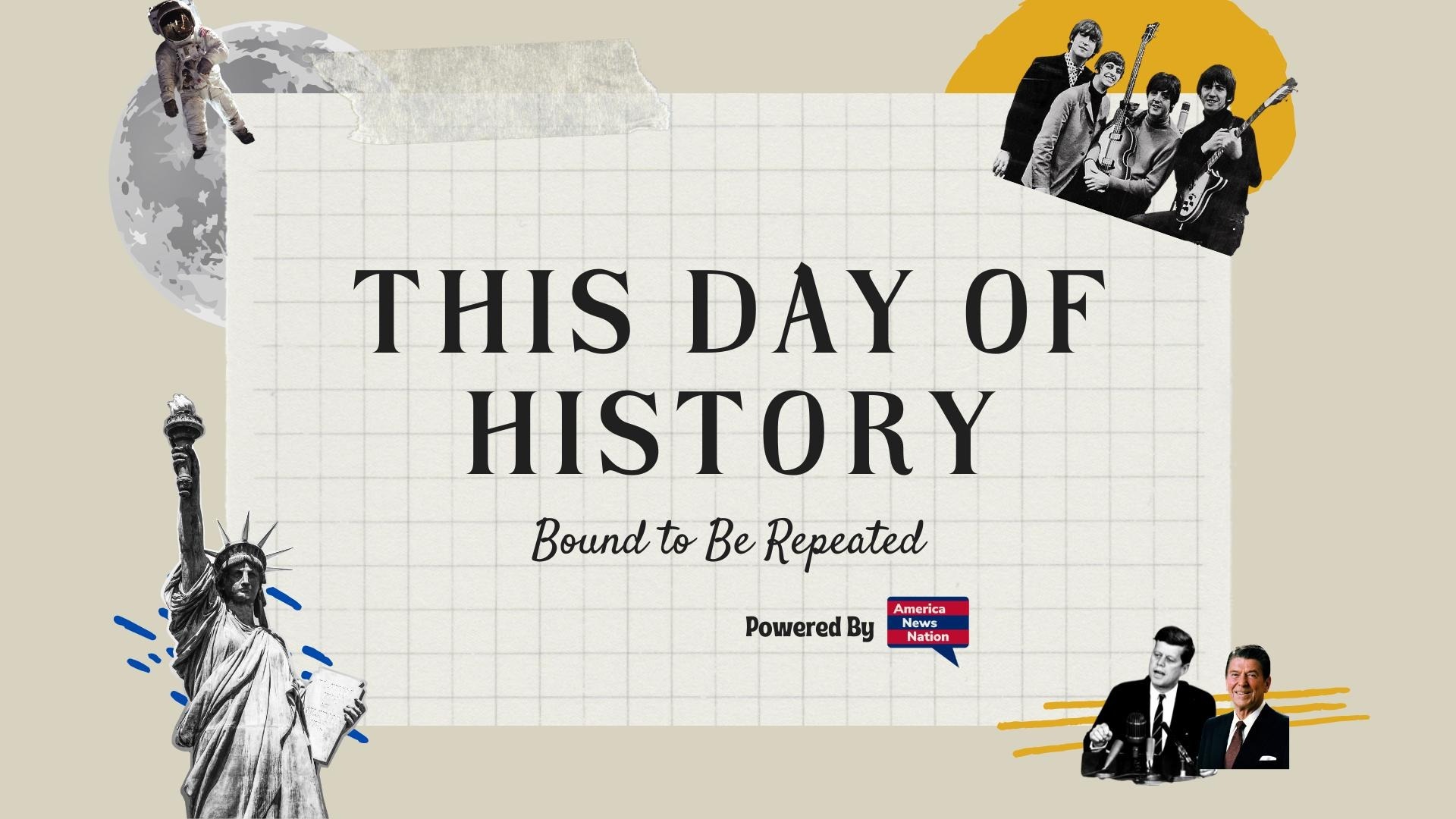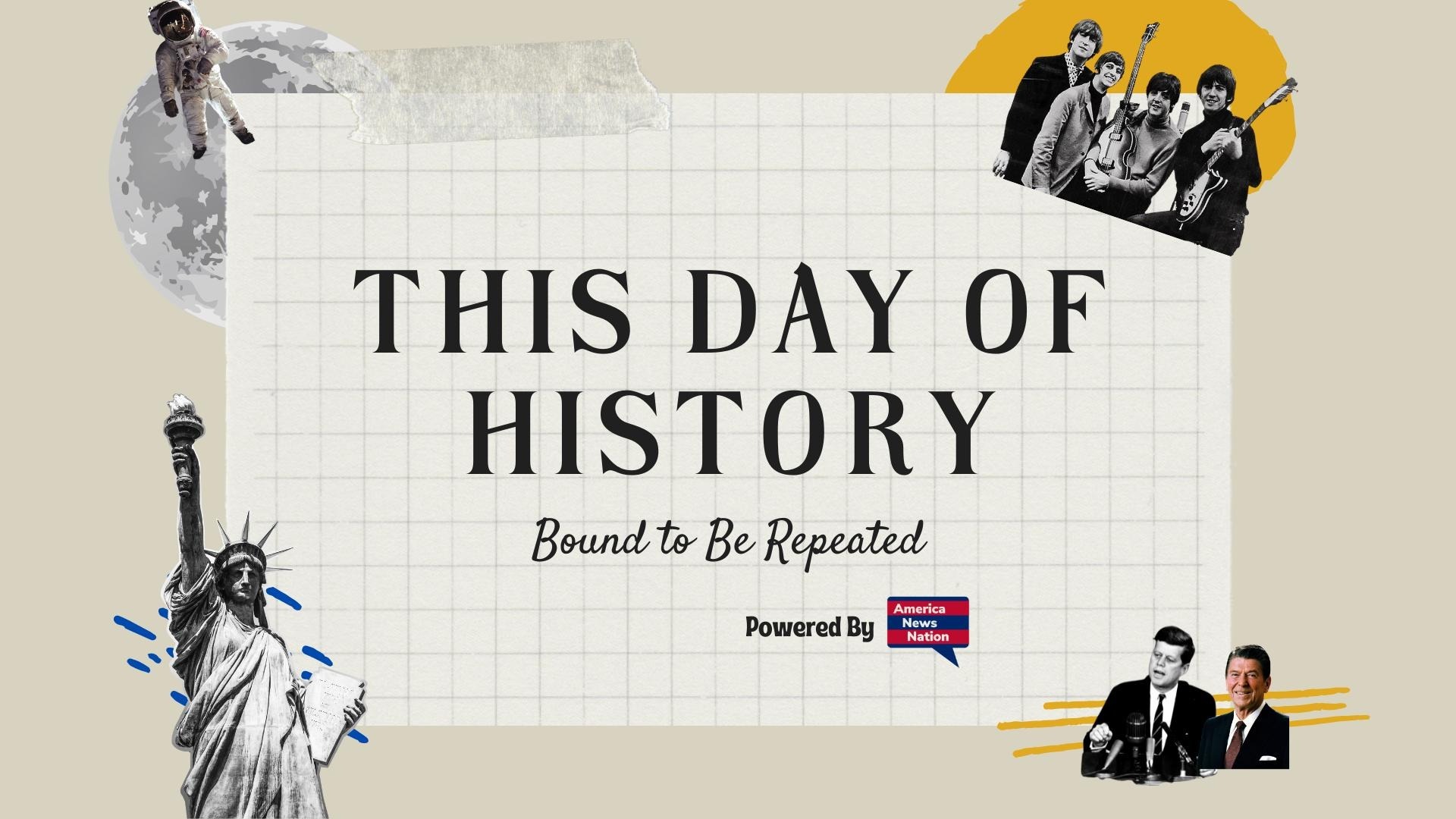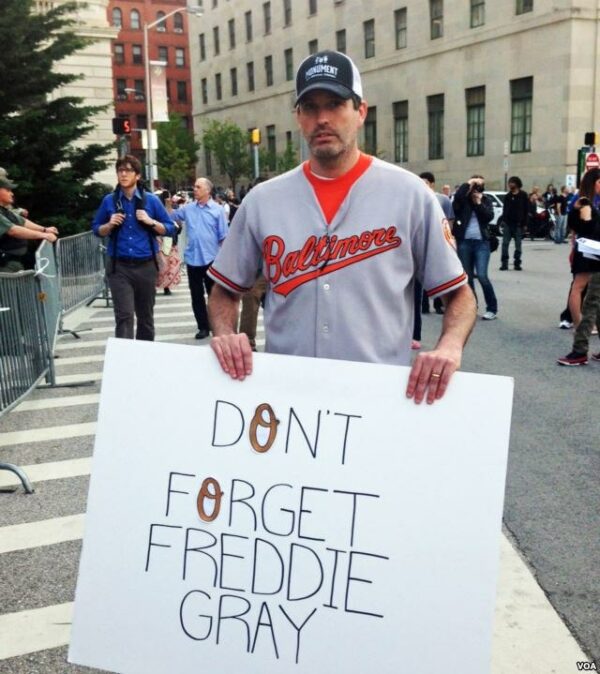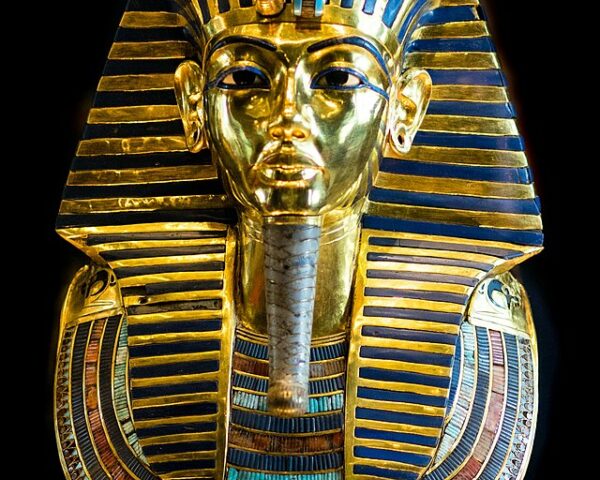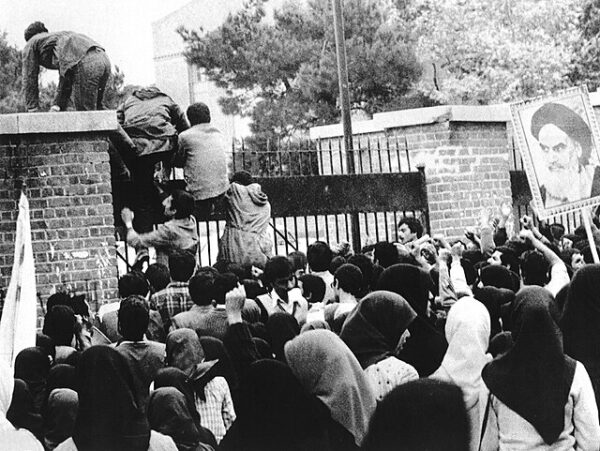On April 29, 2015, Major League Baseball staged a spectacle unlike any it had seen before—or has seen since. Inside Baltimore’s Oriole Park at Camden Yards, two professional teams, the Baltimore Orioles and the Chicago White Sox, went through the timeless motions of America’s pastime. The crack of the bat echoed sharply. Players called to each other across the outfield. Umpires barked out strikes and outs. But there was no crowd to cheer, boo, or bear witness. Official attendance: zero.
It was not the product of apathy. It was a consequence of anger.
Baltimore was burning—metaphorically and literally. Days earlier, Freddie Gray, a 25-year-old Black man, had died from spinal injuries sustained while in police custody. His death ignited widespread protests against police brutality. At first, the demonstrations were peaceful. Then, chaos erupted. Looting, fires, violent clashes with police: the images filled national television screens and flooded social media feeds. Maryland’s governor declared a state of emergency. A citywide curfew was imposed. National Guard troops deployed into Baltimore’s streets. Large public gatherings—ballgames included—became potential flashpoints for further unrest.
Faced with the volatile situation, Major League Baseball and Orioles officials made an extraordinary decision: the game would go on, but the gates would stay shut. Camden Yards, usually a vibrant sea of orange and black, would be silent.
Thus, in the 146-year history of the league, the impossible became real: a major league baseball game played before empty seats.
Inside the stadium, the atmosphere was surreal. Every sound—cleats grinding into dirt, balls popping into gloves, players shouting across the diamond—rang out with eerie clarity. With no crowd to drown out the background noise, the game took on an almost dreamlike quality, more like a scrimmage than a professional contest.
The Orioles, perhaps galvanized by the strangeness of the moment or the grim reality outside their ballpark, delivered a decisive performance. Baltimore’s Adam Jones—a clubhouse leader who had spoken movingly about the protests in the days prior—drove in two runs and made a highlight-reel catch in center field. The Orioles trounced the White Sox 8–2.
Under normal circumstances, Jones’s sliding grab would have brought the house down. Instead, only scattered claps from teammates and coaches broke the silence. A ballpark built to hold nearly 46,000 people was now nothing but a cavern of empty seats and distant echoes.
After the game, Orioles manager Buck Showalter and White Sox manager Robin Ventura spoke candidly about the strangeness of the day.
Beyond the gates, dozens of fans still came. They pressed against the wrought-iron fences, trying to glimpse history through the cracks. Some carried signs calling for peace. Others just wanted to say they were there—to bear witness to something unimaginable: a baseball game that was also a symbol.
In the weeks and months that followed, the images of that day stayed burned into the national consciousness. Adam Jones, standing solemn and alone in the vast emptiness of center field, became an emblem of a city—and a country—grappling with anger, sorrow, and a desperate hunger for change.
